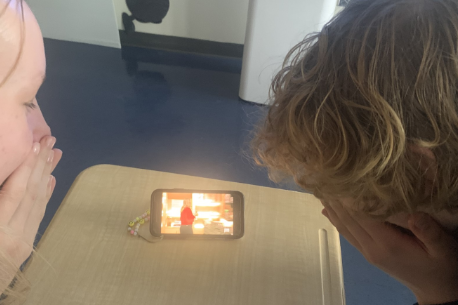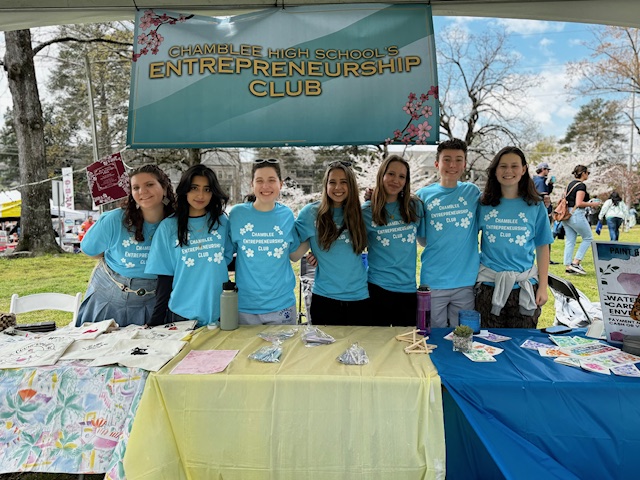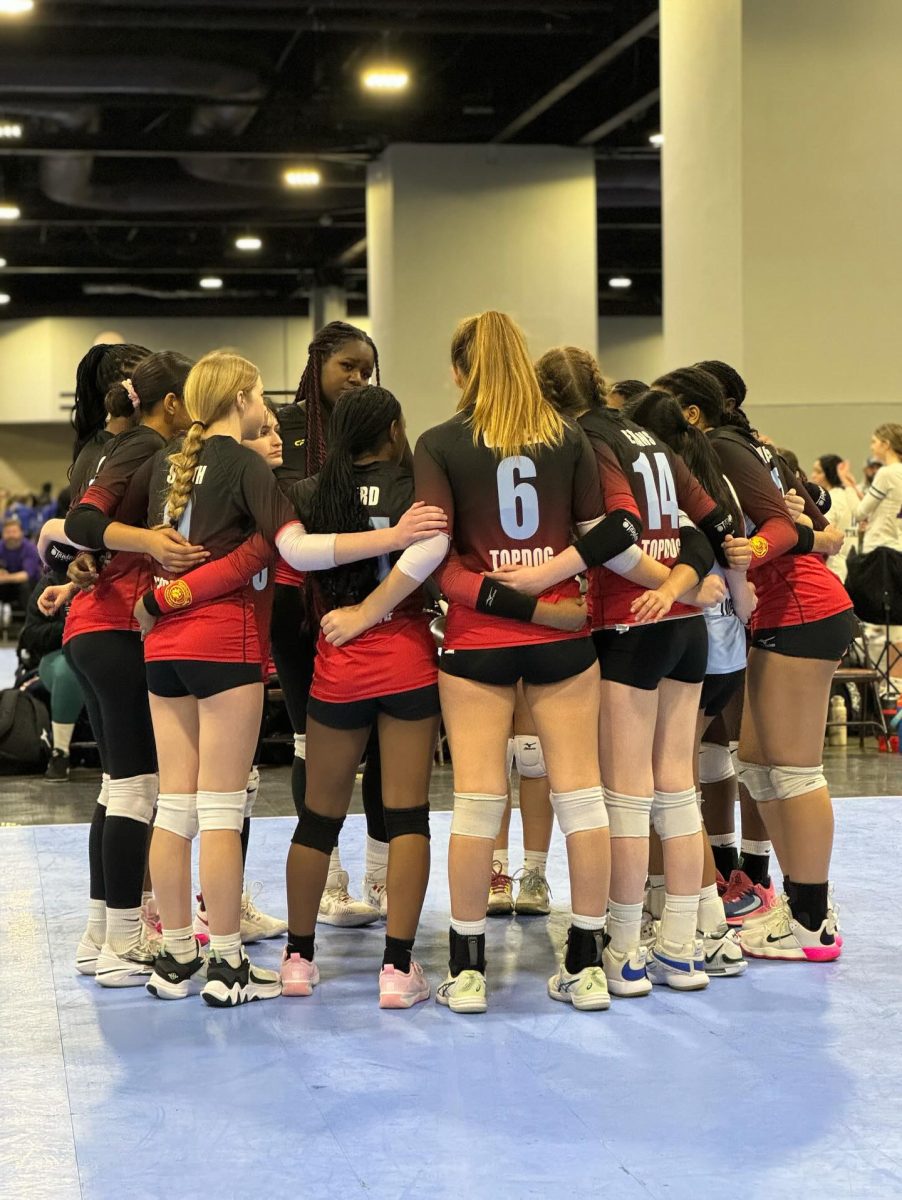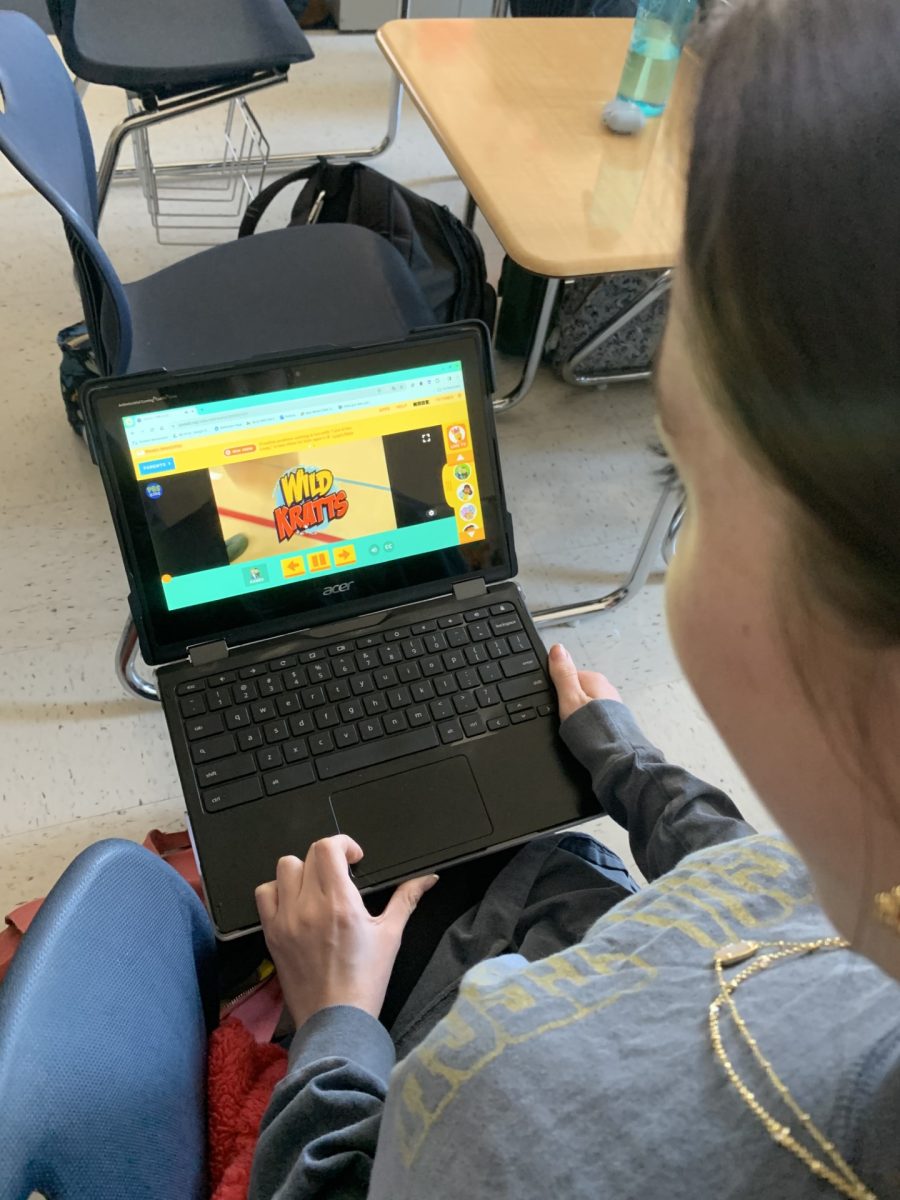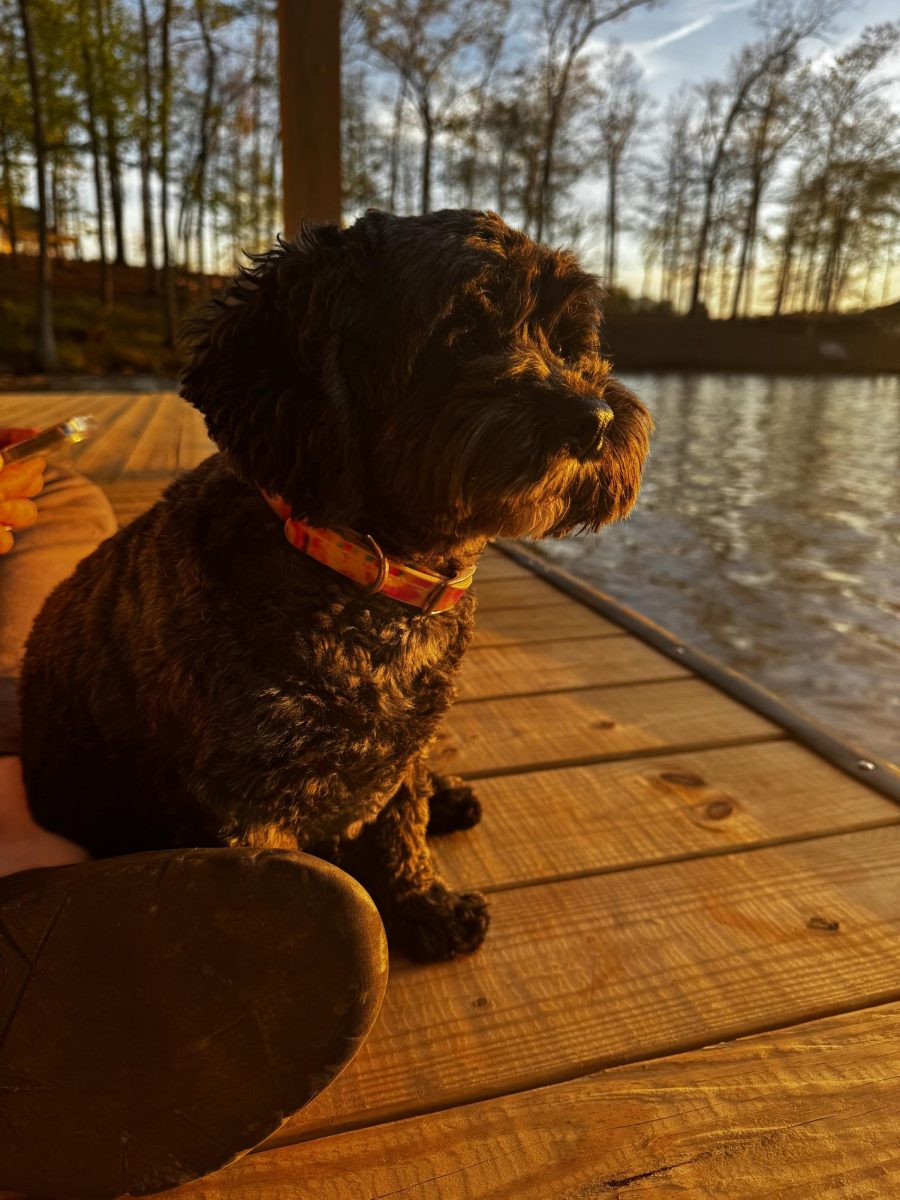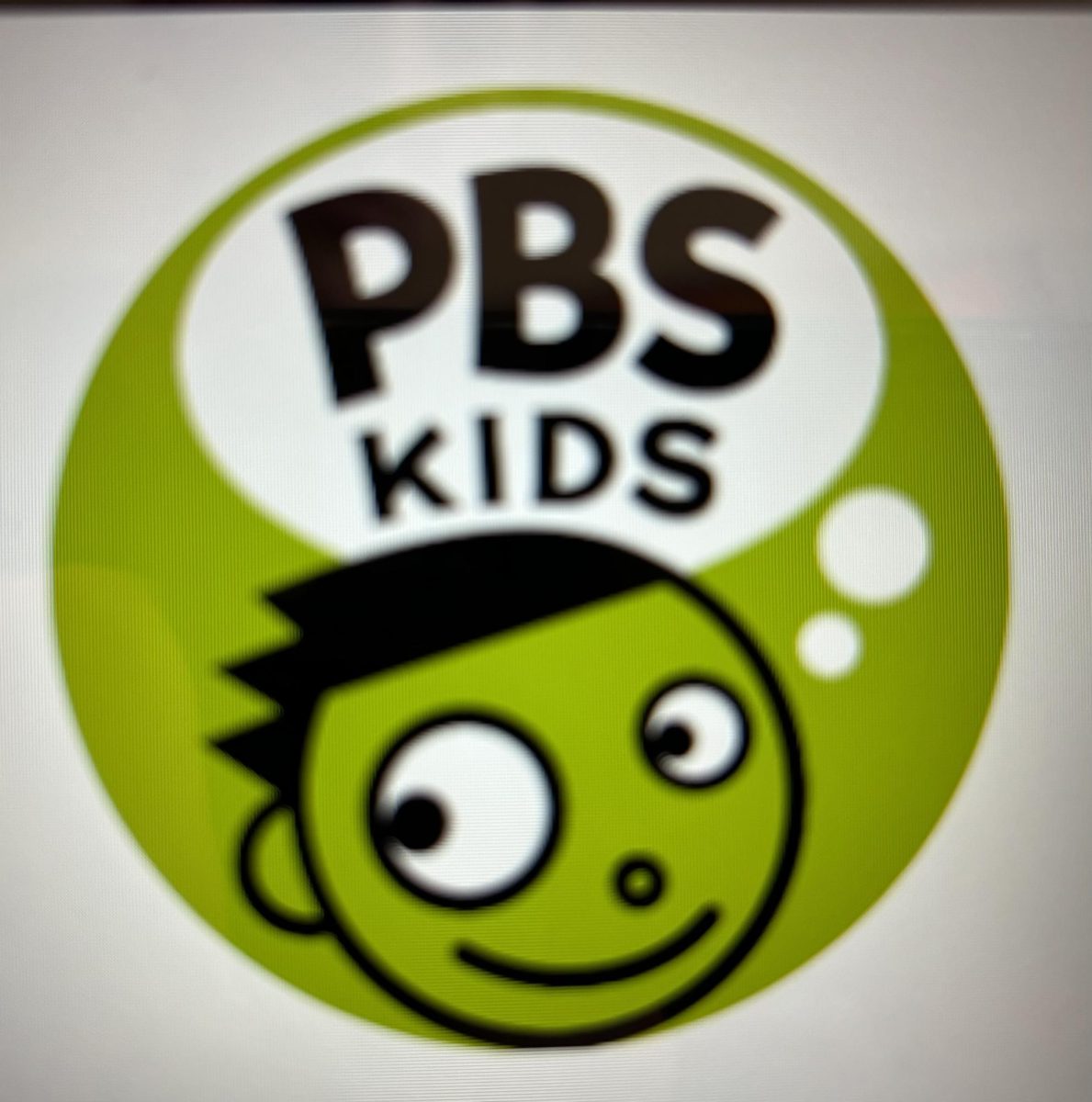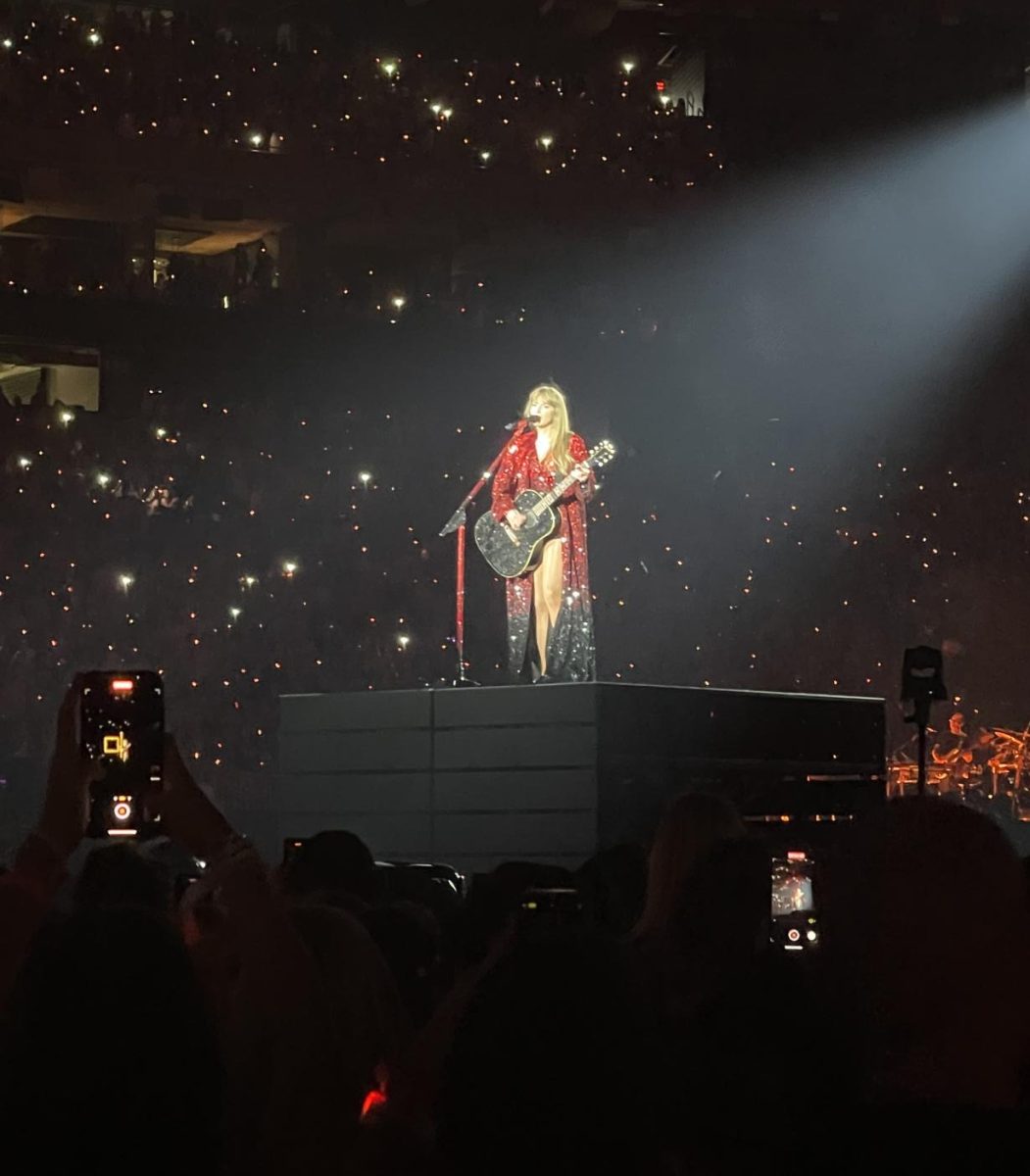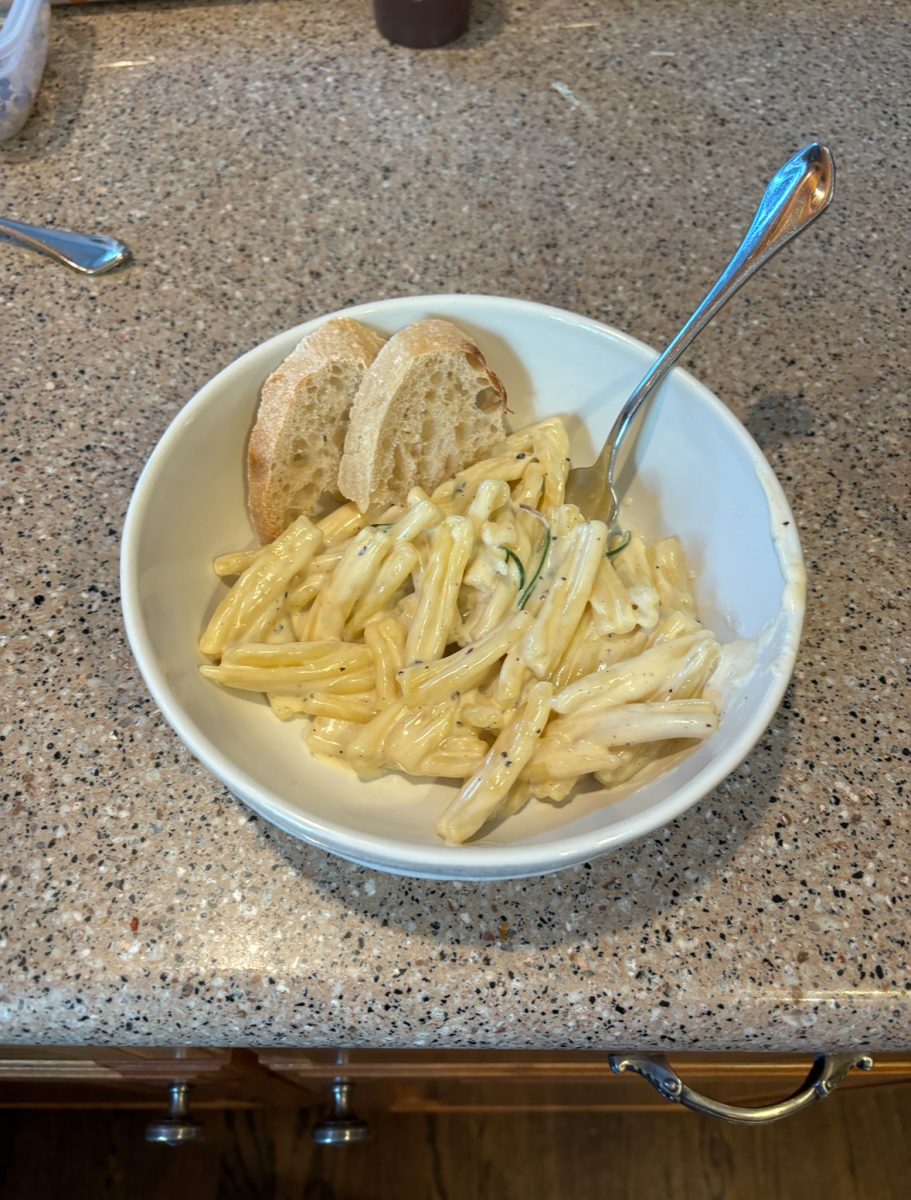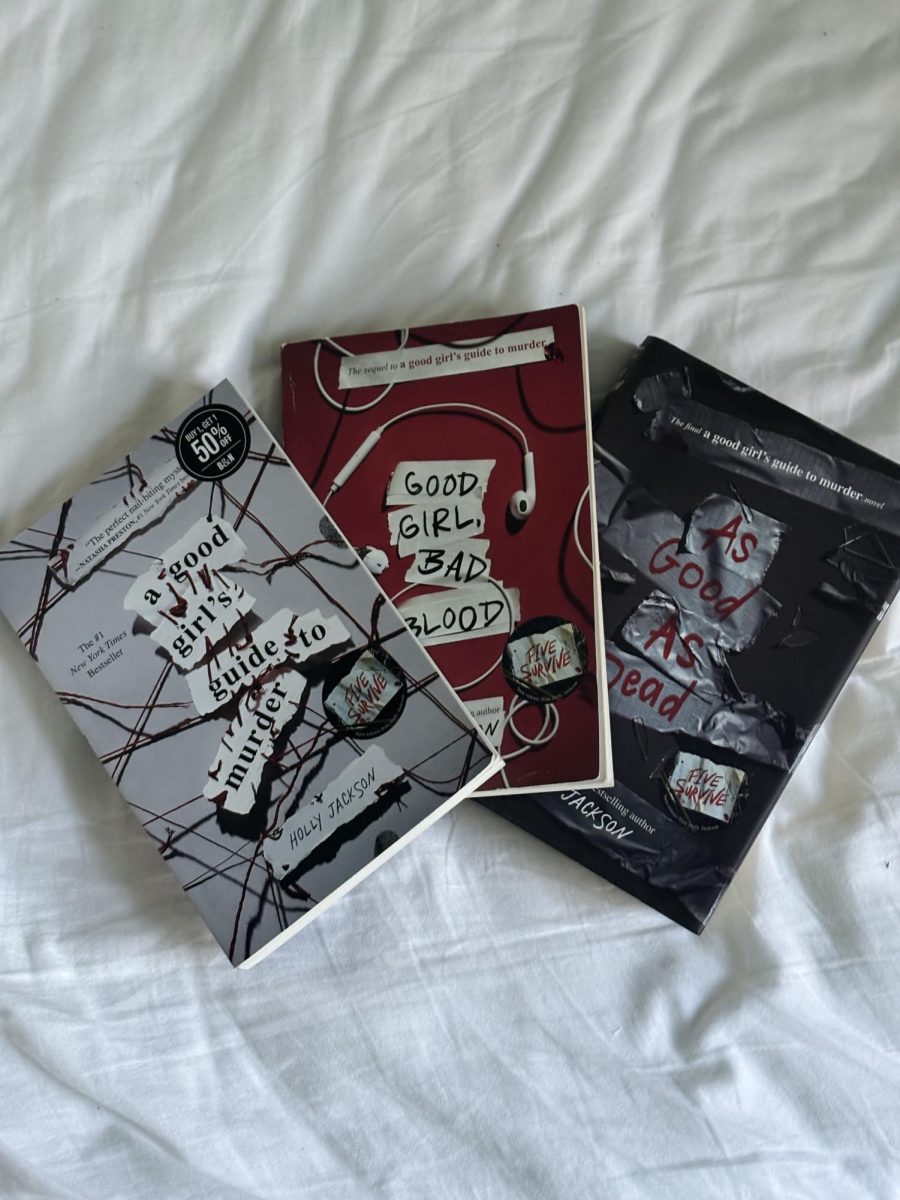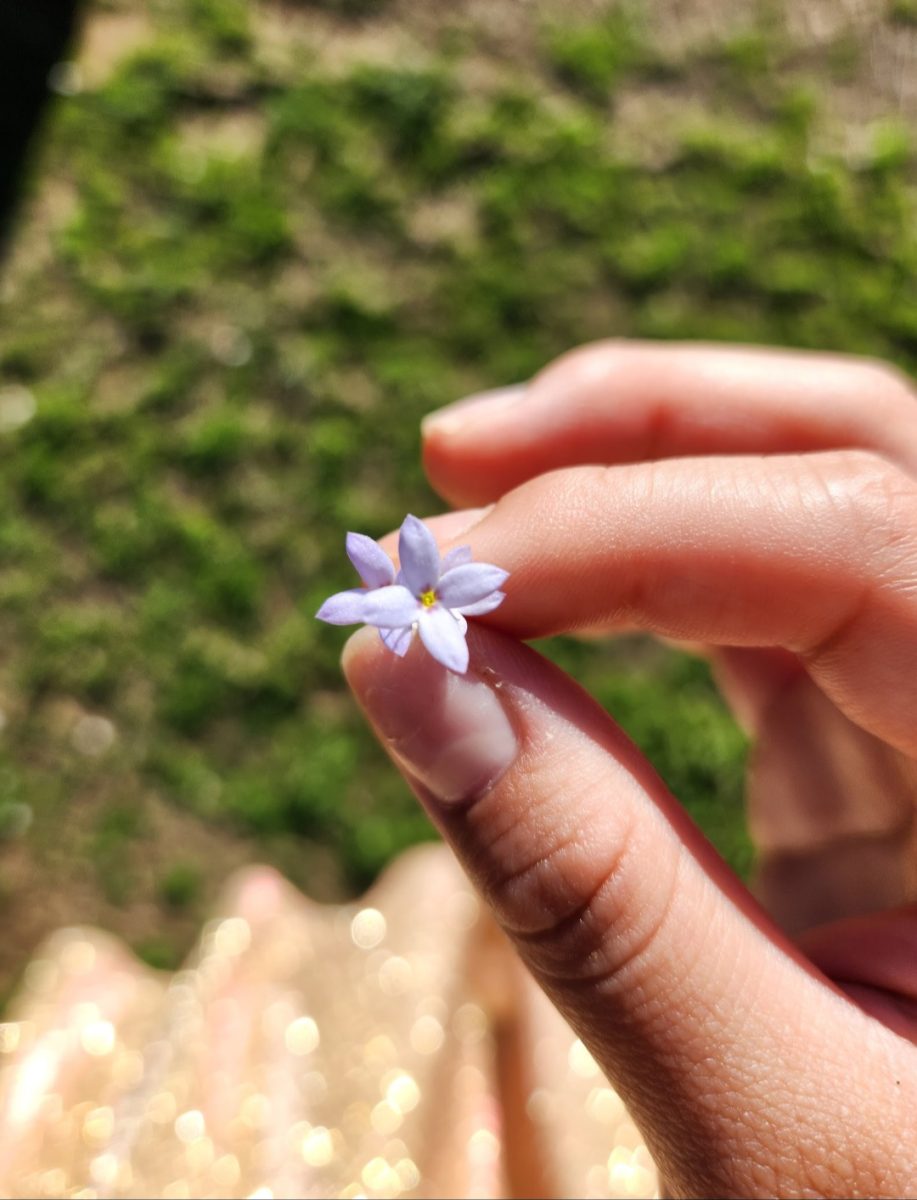New Relationships Shatter Old Stereotypes
November 7, 2009
From November 2009:
The face of Chamblee has changed fluidly and unremittingly over the years. From an all-white school at the time of its founding to its multifaceted makeup of today, Chamblee is now host to a relatively new type of relationship, the interracial couple.
Virtually unheard of a few decades ago, interracial dating – especially among high school students – has become widespread recently. While it may be considered a mere trend, most students at Chamblee view it as a natural course of events; couples that cross color barriers are an expected development in an environment as diverse as that of Chamblee.
“When you go to a more diverse school there’s more opportunity,” said freshman Kevin Reagan.
Most students in interracial relationships at Chamblee find that their decisions are supported by friends and family, a level of acceptance and tolerance that might easily be taken for granted. Of course there is little doubt that such relationships would have been unable to flourish at earlier times in our history, but it should also be noted that the same difficulties are still faced by many interracial couples today. Outside of the diverse, singularly open-minded bubble that is Chamblee High School, the long-standing taboo of interracial dating remains strong, if somewhat more subtle than earlier.
“My friends here don’t care about race that much,” said freshman Sally Pritchett. “But I know a private school kid who freaked out about [me dating a Mexican-American] because her school is mostly white.”
A primary reason for this discrepancy in attitudes is the relative homogeny that characterizes most other high schools in the area. According to demographics provided by School Matters, Southwest DeKalb High School has a 97.6% black student body, Lithonia is 95.9% black, and North Forsyth is 91.4% white. These schools are a world apart from Chamblee, which is 48% black, 32% white, and 20% other. It is easy to see how environments like these, where one might not even encounter someone of another race on a daily basis can foster an attitude of latent racism – especially with regards to interracial dating.
“Most people don’t want to seem racist,” said Reagan. “But if it were anonymous, they might say the issues that they really have with it.”
The face of Chamblee has changed fluidly. This modern discrimination has many faces. Reagan is teased by his brother, classmates and even the occasional adult about dating a black girl; slurs like “jungle fever” are not at all uncommon. Whether it manifests itself in the form of jokes with a hidden edge or a reluctance to hang out in “white places” or “black places,” the social stigma of interracial dating lingers still.
In the case of senior Hadayat Seddiqi, there is at least one factor more important than race alone that plays a significant role in a relationship – religion.
“I mean, we live in a socially progressive area; everybody’s ‘anti-racism’ now,” said Seddiqi. “But religion’s still a really big deal.”
The contrast of Seddiqi’s Muslim background with his girlfriend, Sarah Freeman’s Presbyterian one has been more important than race. It has proven to be so important in fact, that his parents still do not know about their year-long relationship.
“We often have religious discussions or debates, and it’s definitely something that’s important to both of us,” said Freeman. “It can get complicated when we disagree on things – which is often – but we both respect each others’ opinions.”
Mutual respect is essential to any relationship, and when coupled with an open mind, is integral to making interracial and inter-religious relationships possible.
“Studies indicate that in many respects, religion has become less relevant, and bona-fide relationships with real people who genuinely care, whether religious or not, have become more important,” said Patrick Freeman, Sarah Freeman’s father. “I think the church – me included – has screwed up in this regard. We have been too religious in a negative sense and not genuine enough and loving enough.”
The examples Reagan, Pritchett, Seddiqi and Freeman illustrate just a few of the many hurdles faced by those who choose to date outside of their race or culture. However, more and more teens are choosing to embrace these hurdles and defy taboos as they take a color-blind approach to relationships.
“I like who I like,” said Reagan. “I don’t discriminate.”

